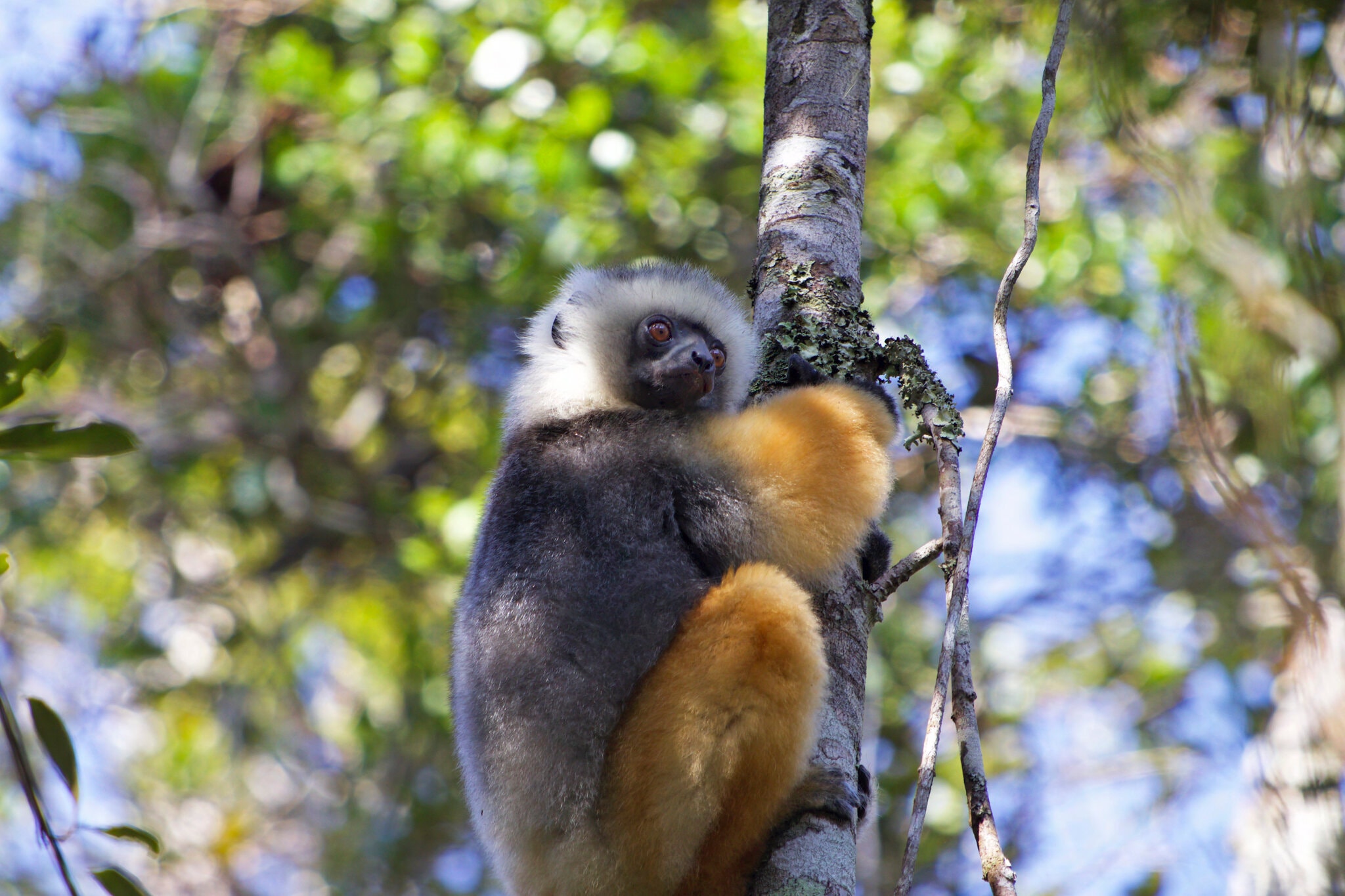>new_lemur_species ATGACCAACATCCGAAAAACCCATCCTTTAATAAAAATTATAAATACCTCATTTATTGATCTTCCAGCAC CATCCAATATCTCTTCTTGATGAAATTTTGGTTCCCTCTTAGGAGCCTGCCTAACCATTCAAATTATCAC AGGCCTATTCCTAGCAATGCACTATACAGCAGATACAGCAACTGCATTCTCCTCCGTAACACACATCTGC CGAGACGTAAACCAAGGCTGAATCATTCGCTACTTACACGCCAACGGAGCATCCATATTTTTCCTATGCC TCTTCCTTCACGTAGGACGAGGTATGTACTATGGATCTTTTACACTATCTGAAACCTGAAATATTGGTAT TATCTTACTATTCACAGTAATAGCAACTGCTTTTATAGGGTATGTTCTTCCATGAGGACAAATATCGTTC TGAGGCGCAACAGTAATTACTAATCTATTATCAGCAATTCCCTATATCGGTACCGATCTAGTAGAATGAA TCTGAGGTGGCTTCTCTGTTGATAAGGCCACGCTTACCCGATTCTTCGCATTTCACTTCATTTTACCATT TATCATCTCAGCCCTAGTATTAGTTCACCTCCTCTTTCTCCACGAAACTGGATCCAACAACCCATTAGGC ACCTCATCAGAATCAGATAAAATTCCCTTCCACCCTTATTATACAATTAAAGACTTACTAGGATTAATAT TTCTTCTATTAACTCTTACAATCTTAGTACTTTTCTCCCCTGACCTGCTAGGCGACCCCGACAACTATAT ACCAGCTAATCCACTTAGTACCCCTCCCCATATCAAACCAGAATGATATTTCCTTTTCGCCTATGCTATT CTACGATCCATTCCCAATAAACTAGGAGGGGTTTTAGCCCTAATCATATCAATTCTAATCCTCGCAATCA TCCCAATTCTACAAACCGCCAAACAACGTAGCATAATATTCCGACCACTTAGCCAGATTACATTCTGAAT TCTAACAGCAGACCTATTTACCCTTACATGAATCGGCGGCCAACCCGTTGAACATCCCTTCGTAACCATC GGACAAGCAGCCTCCATTCTATACTTTTCTCTAATCCTTATTATTATACCAACTGTAAGCCTTATCGAAA ATAAGATACTTAAATGAAGA
Tree of Life Activity Part 4
Compare Phylogenetic Trees of Lemur Species

Picture from New York Times
Lemurs are animals found only on the island country of Madagascar. In 2012, lemurs were named the "world's most endangered group of animals." Madagascar has the highest concentration of endangered species in the world, and seventy percent of animal species on Madagascar are not found anywhere else in the world. Scientists are still discovering many animals and plants, bringing urgency to the identification of new species that may be especially vulnerable to extinction.
You are a scientist who has just discovered a new species of lemur. You want to figure out how closely related it is to other known lemur species.
You already have a phylogenetic tree that includes different species of lemur, and a few other distantly related species, such as the common marmoset and Asian palm civet. However, you will need to compute an updated tree that includes your newly-identified species.
We are going to construct our trees using a gene called cytochrome b
Cytochrome b is part of the electron transport chain inside mitochondria, which is involved in creating energy molecules
Because cytochrome b is an important and "highly conserved" gene, its sequence is often used in phylogenetic studies to identify relationships between species
You will use your tree to visually inspect the evolutionary relationship between these unique, but relatively closely related, species.
Phylogenetic trees are hypotheses. That means they can change, and our understanding of the relationship between species can change, once we obtain new information. We are asking the question: how does our tree change with the addition of a new species?
Compute and visualize phylogenetic trees
You will need to navigate to your Jupyter notebook to complete this activity
In this activity we will use a Jupyter Notebook that has some pre-written code. Here is a button to open Jupyter if you don't already have it open:
Access the notebook for this activity by typing the following command in your Jupyter notebook environment:
import os
os.system("wget http://compbiocamp.cgrb.oregonstate.edu/notebooks/Activity3_TreeOfLife_Part4.ipynb")
Questions:
How does the tree change with the addition of the new species?
What is the closest relative to your newly identified lemur species?
Search BLAST to find a top match to your new lemur species
Click the button below to go to blastn

Like we did earlier, copy and paste your sequence into the Query Sequence box on the BLAST page

Click the "BLAST" button at the bottom of the page

Back to Main Activity Page Previous Activity